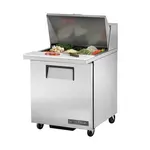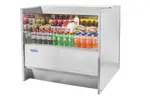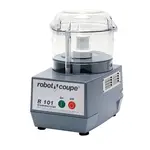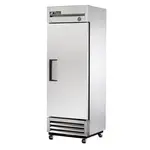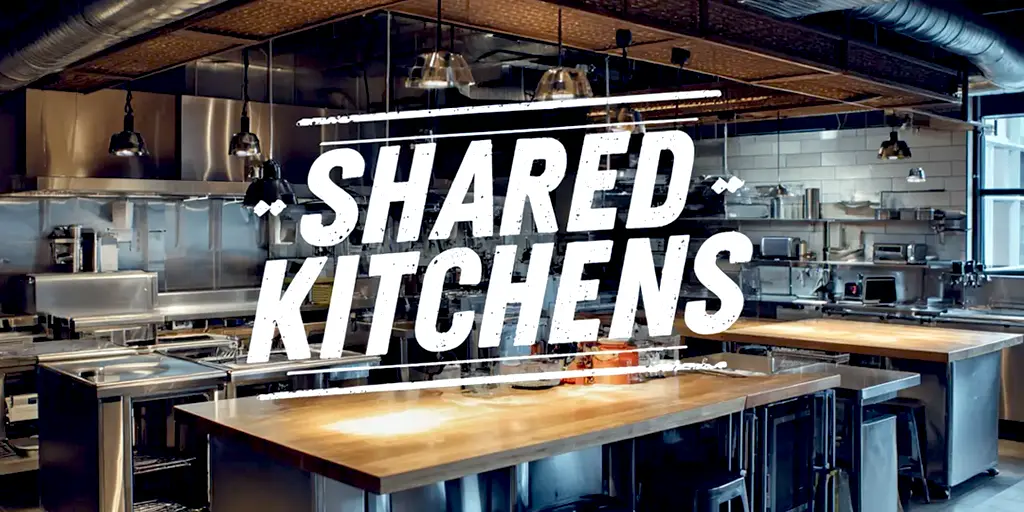
The Rise of Culinary Collaborations: Pop-Ups, Takeovers, and Shared Kitchens
The restaurant world is evolving rapidly, and culinary collaborations are at the forefront of this change. Pop-up restaurants, chef takeovers, and shared kitchens are transforming how chefs, restaurateurs, and food brands innovate, reach new audiences, and maximize profitability. While these trends are exciting, their success depends on thoughtful planning, workflow efficiency, and the right restaurant equipment and commercial kitchen equipment to support creative ventures.
Pop-Ups: Flexibility and Innovation
Pop-up restaurants are temporary dining experiences that allow chefs to experiment with new concepts without the long-term commitment of a permanent location. These setups often appear in unique venues—like rooftops, event spaces, or empty storefronts—and provide chefs a chance to showcase seasonal menus or limited-time collaborations.
The key to a successful pop-up lies in flexibility. Pop-up restaurant equipment must be portable, reliable, and versatile. From compact refrigeration units to mobile cooking stations, having the right tools ensures chefs can deliver quality dishes while maintaining food safety standards. Additionally, using efficient catering equipment—such as prep tables, slicers, and mixers—helps streamline the workflow, reducing prep time and stress during high-volume service.
Pop-ups also offer a platform for culinary experimentation. Chefs can test new techniques or ingredients, gather customer feedback, and refine dishes before committing to a permanent menu. This low-risk approach encourages creativity while fostering community engagement and brand recognition.
Chef Takeovers: Sharing Expertise
Chef takeovers are another innovative form of collaboration where a guest chef temporarily assumes control of a restaurant’s kitchen and menu. These events provide exciting opportunities for chefs to showcase their unique culinary style and for restaurants to attract new audiences.
Planning a successful takeover requires careful coordination. Access to appropriate restaurant kitchen equipment is essential, including ovens, ranges, refrigeration, and prep stations that can accommodate the guest chef’s workflow. Efficient use of commercial kitchen equipment ensures that the takeover runs smoothly, from prep through service, allowing the chef to focus on delivering signature dishes.
Takeovers also foster knowledge sharing. Host chefs and their teams often learn new techniques, menu ideas, and operational strategies from guest chefs, creating long-term benefits beyond the event itself.
Shared Kitchens: Efficiency and Cost Savings
Shared kitchens, also known as commissary kitchens, are fully equipped spaces rented by multiple food businesses. They allow startups, catering services, and small brands to access commercial restaurant equipment without the overhead of building a full-scale restaurant.
Operating in a shared kitchen requires planning and organization. Chefs must coordinate schedules, clean and maintain equipment, and optimize their workspace to minimize conflicts. Using adaptable shared kitchen equipment—such as prep tables, refrigeration, ovens, and dishwashing stations—helps multiple chefs work efficiently under one roof.
Shared kitchens are particularly valuable for collaborative projects, including joint menu launches, catering partnerships, and ghost kitchen operations. By pooling resources, chefs reduce costs while gaining access to high-quality equipment they might not afford individually.
Optimizing Workflow in Collaborative Kitchens
Beyond choosing the right kitchen setup, collaboration success depends on workflow and efficiency. Here are some strategies for managing culinary collaborations effectively:
- Streamlined Prep: Organize prep stations to minimize movement. Keep tools, utensils, and ingredients easily accessible to reduce downtime.
- Smart Equipment Selection: Choose versatile that supports multiple cooking methods and dishes. Multi-functional devices save space and reduce the need for duplicate tools.
- Scheduling: In shared kitchens or pop-ups with multiple chefs, establish clear schedules for equipment use, prep times, and cleaning. This prevents bottlenecks and ensures smooth operations.
- Safety and Compliance: All equipment should meet food safety standards. From refrigeration to cooking appliances, adhering to health codes is critical in collaborative environments.
- Communication: Open communication between chefs and teams is essential to coordinate menu planning, timing, and service logistics.
These practices make collaborations more efficient and enjoyable, allowing chefs to focus on creating memorable culinary experiences rather than logistical challenges.
Trends Driving Culinary Collaborations
Several trends are fueling the rise of culinary collaborations:
- Consumer Demand for Unique Experiences: Diners increasingly seek one-of-a-kind dining experiences, which pop-ups and chef takeovers provide.
- Digital Ordering and Ghost Kitchens: The growth of delivery-only concepts allows chefs to collaborate without needing a traditional storefront. Efficient v are essential for preparing high-quality meals in these setups.
- Shared Resources and Cost Efficiency: Rising real estate and operational costs push chefs to share spaces and equipment, making collaborative kitchens an attractive solution.
- Cross-Brand Partnerships: Collaborations between food brands, chefs, and restaurants create marketing opportunities and expand audiences for all parties involved.
By understanding these trends, chefs and operators can strategically plan collaborations that are both creative and profitable.
Equipment Considerations for Collaboration
While collaboration is primarily about people and ideas, the role of restaurant equipment cannot be underestimated. The right tools enable chefs to execute menus efficiently, maintain quality, and handle high-volume service. Key considerations include:
- Versatility: Equipment should accommodate different cooking styles and menu concepts.
- Durability: Heavy-duty commercial kitchen equipment ensures reliable performance during demanding events.
- Space Optimization: In shared or temporary kitchens, compact equipment maximizes usability without crowding the workspace.
- Ease of Cleaning: Quick-clean designs and accessible components save time and maintain hygiene standards.
Selecting equipment with these features enhances workflow, reduces errors, and allows chefs to focus on culinary creativity.
Conclusion
Culinary collaborations are transforming the restaurant industry. Pop-ups, chef takeovers, and shared kitchens provide chefs with new opportunities to innovate, engage audiences, and optimize resources. The key to success lies in combining creative vision with efficient workflow and the right restaurant equipment, commercial kitchen equipment, and shared kitchen equipment.
By thoughtfully planning collaborations, choosing versatile tools, and fostering strong teamwork, chefs can create unforgettable dining experiences that delight customers and drive business growth. These partnerships represent the future of dining, blending innovation, efficiency, and collaboration into every dish served.
